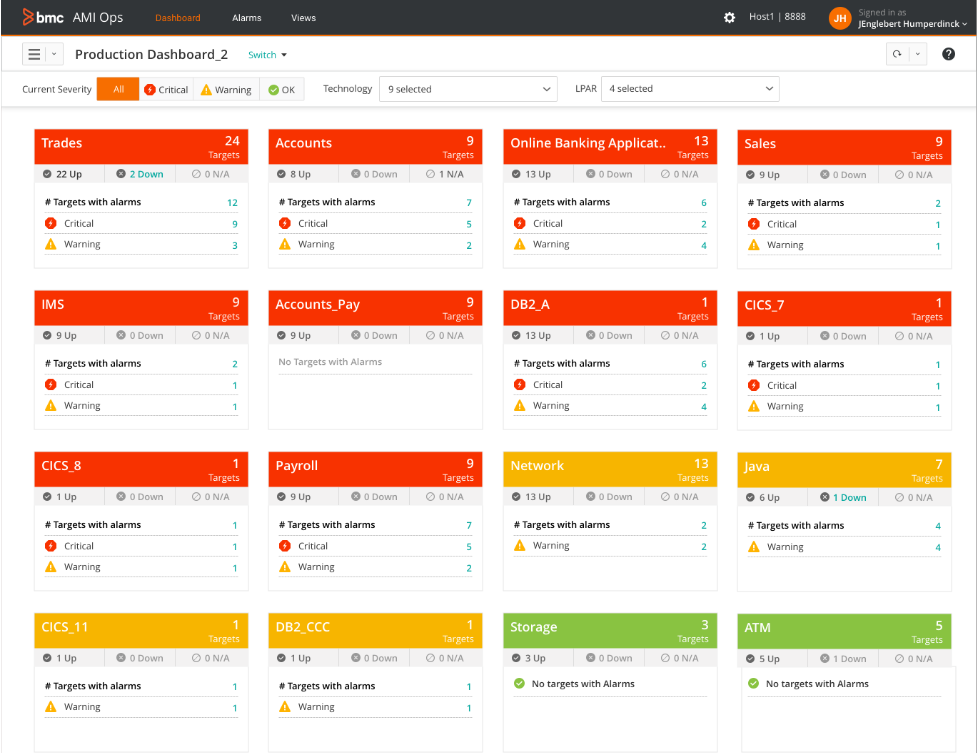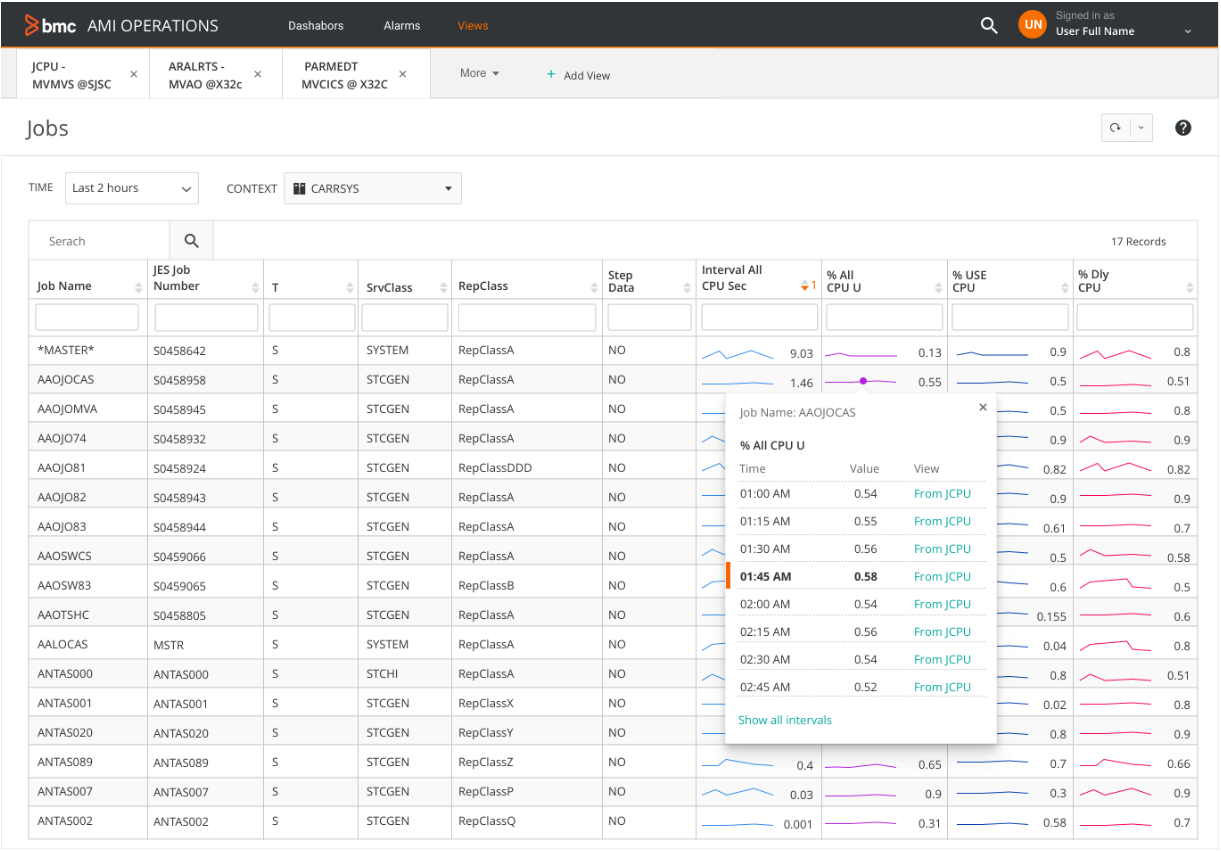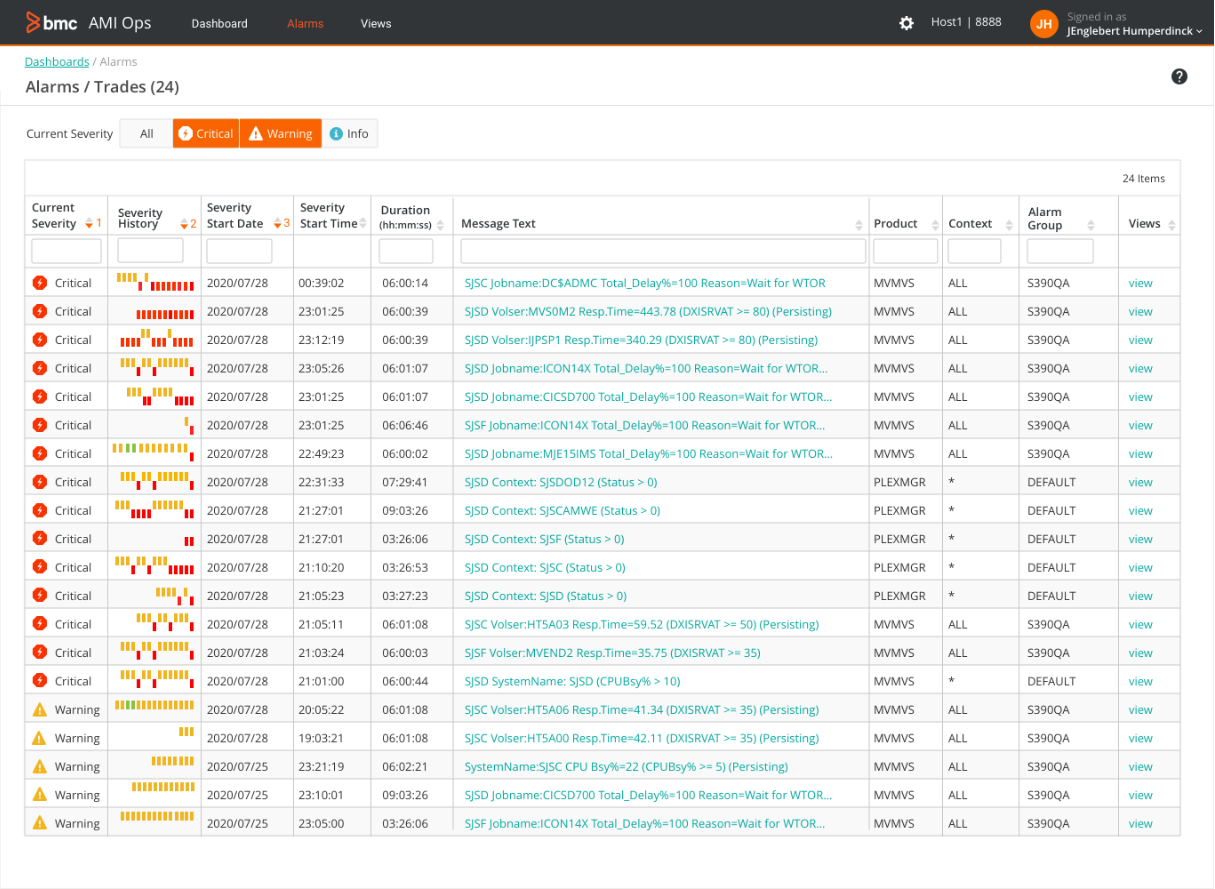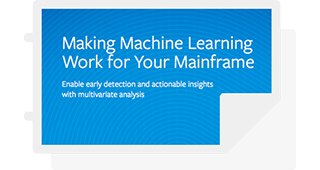The mainframe industry introduces unique challenges when it comes to application and solution design and implementation. Our team was tasked to drive innovative change in the MainView interface as it transforms into BMC AMI Ops in January 2021. During this journey, three challenges stood out: workforce shift, environmental complexity, and increased capacity.
- Workforce shift – We are seeing a workforce shift because the aging workforce is nearing retirement. We are getting new blood into the industry, but they lack the experience and the knowledge their predecessors possessed. These green mainframers need to have solutions that will enable them to continue monitoring and managing the environment without a gap as they skill up.
- Environment complexity – Managing the Mainframe environment requires in depth system knowledge that spans over multiple areas (OS, storage, networking, security etc..). You need to know the ins and outs in order to manage it effectively. And again, if you don’t have lots of experience, that’s surely a challenge that exposes your organization.
- Increased capacity/load – Aligned with the mobile revolution the IT staff needs to handle increased loads with same or reduced work force. With the mobile revolution, the load and the capacity that the mainframe needs to handle and basically the IT folks need to manage, is rapidly increasing.
BMC AMI OPS, with a brand new user interface, addresses the above challenges by adhering to multiple concepts:
- Ease of use
- Facilitating Information over data.
- Guided customer usage/experience.
These concepts are well manifested in the BMC AMI OPS UI approach towards the custom dashboarding implementation
- Custom dashboard groups multiple widgets reflecting logical aggregation of targets/entities with affiliation to the system/technology/business areas.
- Events are reflected by severity in each of the widgets providing an “out of the box” health indication.
- Based on severity, a guided path was architected for the user to enable guided drill down from the master dashboard to the Alarms page and to the specific view enabling to report and detect issues in an easy, mediated way.

One distinct example for the ease of use and facilitation of information over data concepts can be found in the BMC AMI OPS UI approach towards presenting historical data. The historical review capabilities enable customers to go back in time to detect issues and deduce insights regarding the systems performance/ behavior in a retrospective manner.
- Classic UI: Multiple rows of data are presented for each key data element across the chosen intervals which surfaces an abundance of data without facilitating the conversion to information.
- New UI: The new approach aggregates the historical data presenting spark line graphs with distinct trend lines for each of the key data elements allowing the user to derive insights out of the data in a graphical intuitive way. Analysis is simplified by trend line data inspection when users simply click the spark line to present data across single or multiple intervals (As presented in the below images)

A similar approach is taken to present the alarms history via the Alarms view. By using a graphical representation, the customer can derive instant insights regarding the alarms history, severity changes, and persistency so they can begin to resolve issues quickly.

We are excited to be able to provide this sneak peek of the interface. Look for more exciting details of the new BMC AMI Ops solution suite in the coming weeks.







